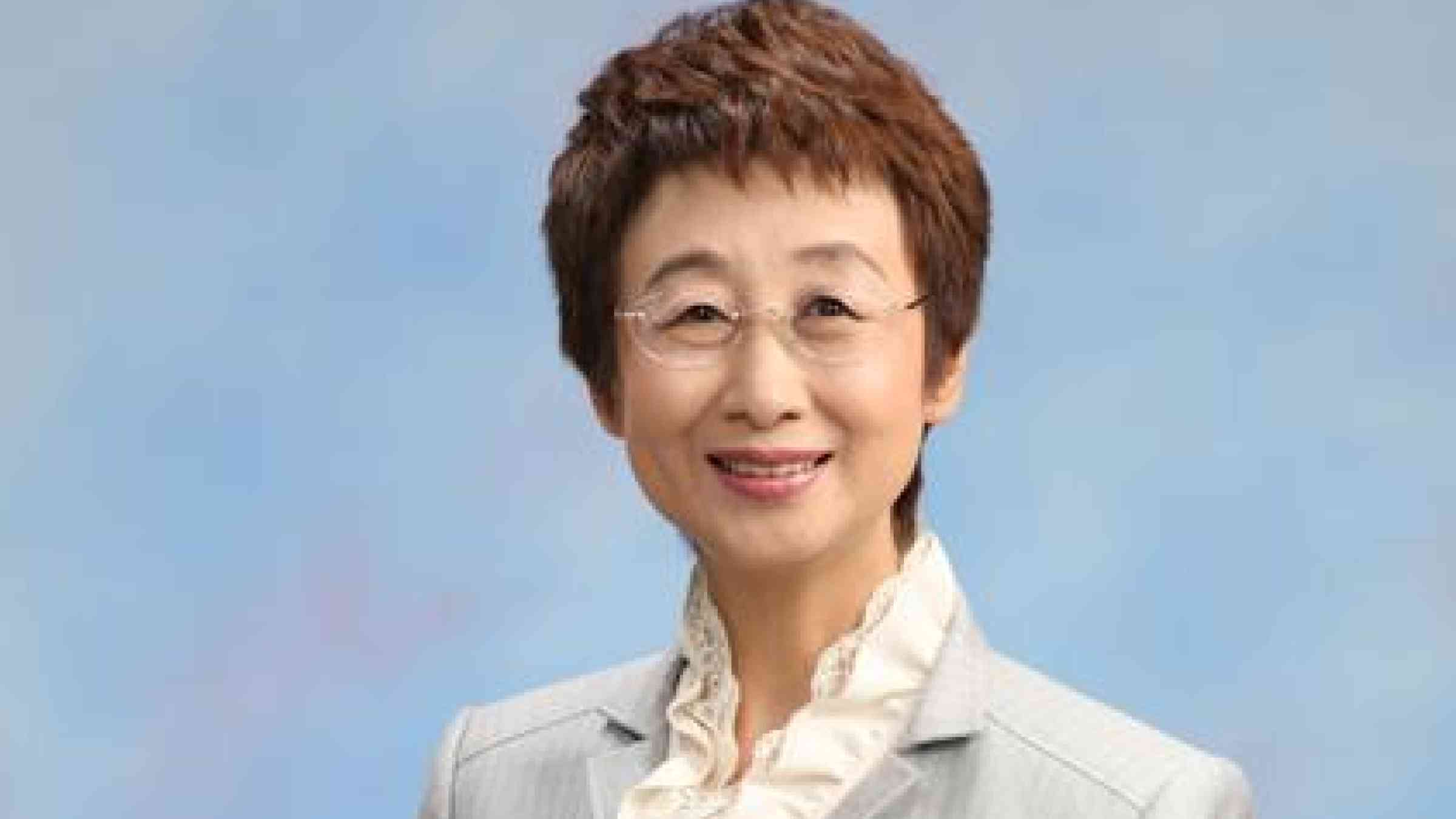The Price of Resilience: Interview with Emiko Okuyama Mayor of Sendai, Japan

Some of the most dramatic images of the Great East Japan Earthquake and Tsunami came from Sendai City where tsunami waves travelled up to 10 km inland resulting in many deaths, flooding of the airport and the sweeping away of cars and airplanes. In July 2012, the Head of the UN Office for Disaster Risk Reduction, UNISDR, Margareta Wahlström, formally welcomed Sendai City as a member of UNISDR’s Making Cities Resilient Campaign, which now has over 1,400 participating local governments.
Ms. Emiko Okuyama, the Mayor of Sendai, Japan is one of more than 50 Mayors from around the world attending the Fourth Session of the Global Platform for Disaster Risk Reduction 2013, taking place in Geneva this week. The “Meet the Mayors” interview series aims to showcase the actions local governments participating in the Making Cities Resilient Campaign are taking to reduce disaster risk and strengthen the resilience of their communities. Meet the Mayor of Sendai during the Global Platform at the Making Cities Resilient Marketplace stand on Thursday morning, 23 May from 10 am.
For more information on the Global Platform, visit http://www.preventionweb.net/globalplatform/2013.
Q. What are your top 2 or 3 priorities for addressing disaster risk in the coming year and through 2015?
EO. Developing a disaster resilient city in terms of both “hardware” and “software”
• Implementing comprehensive tsunami countermeasures through “defense-in-depth”
• Establishing disaster resilient urban infrastructure
• Enhancing disaster response capabilities, etc.
Building communities through mutually supportive self-reliance and cooperation
• Promoting community-based mutual support activities
• Developing mutually supportive human resources responsible for recovery and disaster prevention efforts
Developing human resources with heightened awareness of the need for disaster prevention
• Fostering “community disaster prevention leaders” and providing backup for their activities
• Offering new and improved disaster prevention education
• Holding disaster prevention symposiums for the general public, etc.
Q. In which of the Ten Essentials is your city achieving the most success? Which are the most challenging?
EO. Essential No. 7: We are preparing new supplementary reading materials for disaster-prevention education and offering year-round disaster prevention education at elementary and junior high schools to boost the disaster prevention capabilities of these students as the bearers of Japan’s future. Efforts are also being made to improve local disaster prevention and mitigation capabilities by conducting comprehensive community coordinated disaster prevention training and fostering community disaster prevention leaders.
Essential No. 6: In connection with building ordinances and land-use plans, we have designated those areas that suffered extensive tsunami damage as disaster hazard zones and proceeded with collective relocation, but we face major challenges in providing support which is carefully tailored to the circumstances of disaster victims.
Q. What are you hoping to learn and achieve from the Global Platform 2013?
EO. We hope to gather information on examples from around the world of approaches adopted to deal with disasters, and of forward-thinking and practical efforts to prepare for disasters. In addition, we would like to convey to the rest of the world the experiences of our city and the lessons learned during the recent unprecedented disaster to ensure that they are passed on. We hope to play a role in disaster prevention/mitigation around the world as a role model city.
Q. What are the key messages you would like to give the global leaders attending the Global Platform in terms of where they should prioritize policies and investments?
EO. We paid a tremendous price to learn the lesson that disasters cannot be prevented solely by improving facilities and taking other “hardware” approaches. During the chaos that ensued after the Great East Japan Earthquake, we were able to make progress thanks to the bonds and mutual support that had been previously fostered in communities. The efforts of domestic and foreign NPOs, companies and various other entities also provided a strong foundation.
Such situations require self-reliance among local residents and community bonds as well as disaster prevention and mitigation efforts via international collaboration.
Q. What is the one critical area you think should be included in the next international framework on disaster risk reduction which is expected to be adopted in 2015 – the successor to the current Hyogo Framework for Action?
EO. It is extremely important to deepen knowledge on a continuing basis and pass it on to future generations to prevent and mitigate disasters. HFA-2 should include provisions addressing efforts by residents, companies, community groups, etc., to acquire knowledge and undertake training and education in preparation against disasters. Additionally is should include the need for people worldwide to share a common awareness and provide support transcending national borders when disasters strike.
About the Making Cities Resilient Campaign
Launched by UNISDR in 2010 at a time when half the world’s population was already living in cities, the Making Cities Resilient Campaign is guided by three principles to know more, invest wiser, and build more safely. Guidance on these principles are outlined in the “Ten Essentials for Making Cities Resilient”, the building block for disaster risk reduction, developed in line with the Five Priorities of the Hyogo Framework for Action 2005-2015: Building the Resilience of Nations and Communities to Disasters (HFA). Agreement to the Ten Essentials forms the basis of a city’s commitment toward improving their resilience, and is the organizing principle around which campaign signatories pool good practices, tools, resources and frameworks for reporting and monitoring of progress. The Ten Essentials checklist is supported the Handbook for Local Government Leaders and the Local HFA Government Self-Assessment Tool. Both are designed to help urban leaders assess their risk and implement sustainable disaster risk reduction plans. For more information, visit http://www.unisdr.org/campaign/resilientcities/